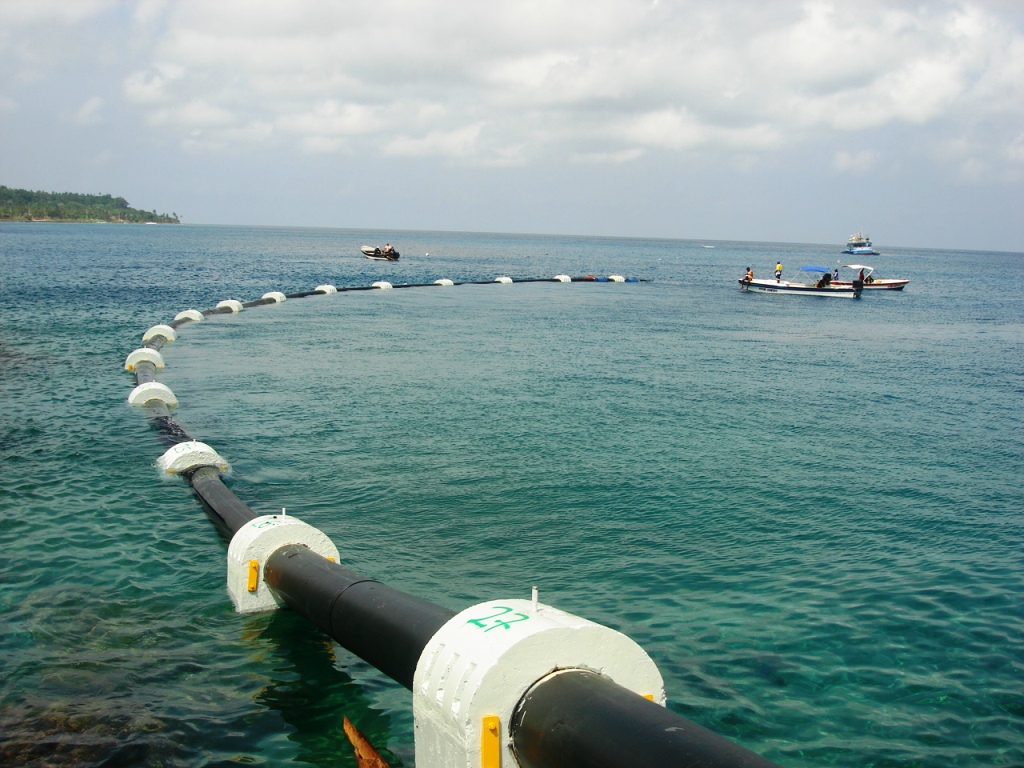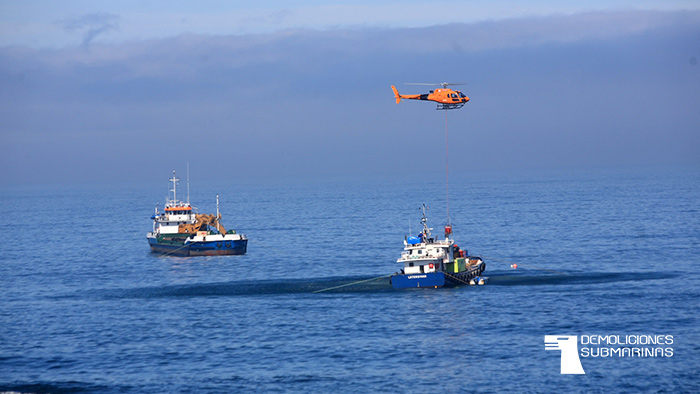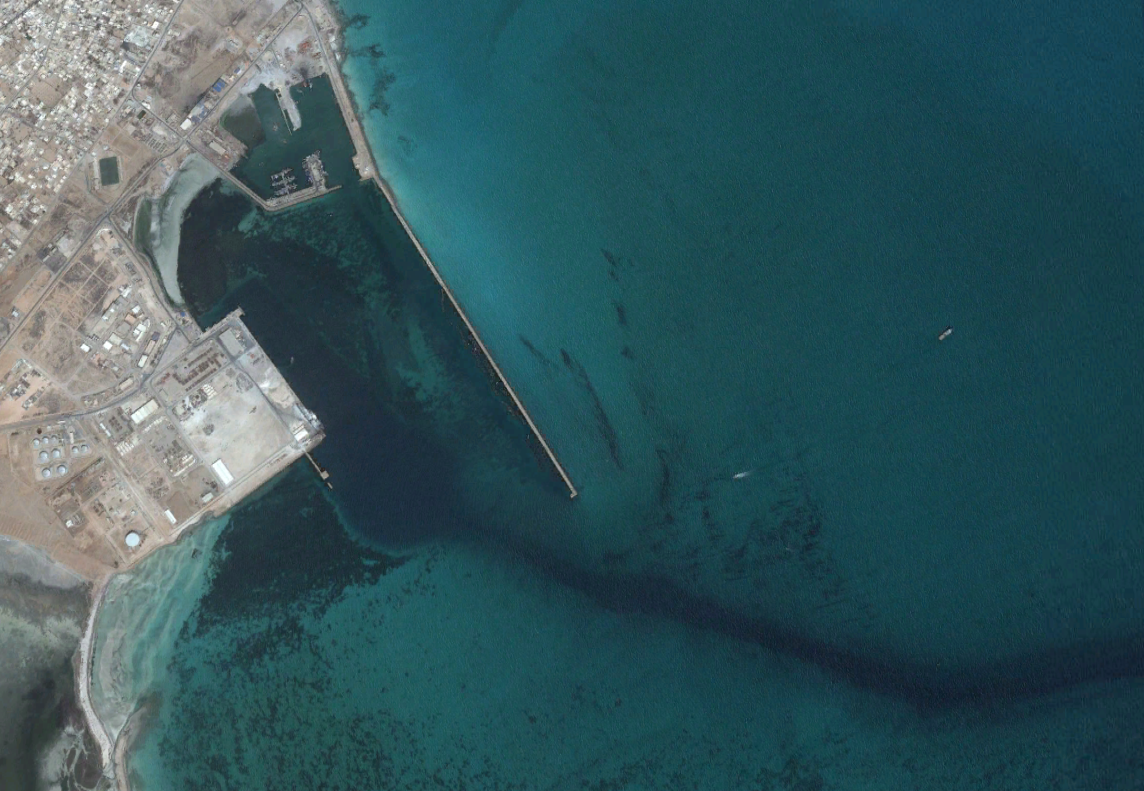
Marine Outfalls and Desalination Plants
A marine outfall is a pipe or tunnel for discharging urban and industrial wastewater from sewerage systems, cooling water from industrial installations or brine from desalination plants into the sea.
Its use as a final element of sanitation systems is a common practice around the world, recommended by numerous international organizations, regardless of the level of treatment of the effluent it discharges. On the other hand, the great urban growth of our coasts has considerably increased its use for the discharge of wastewater and waste water from desalination plants, increasing concern for the quality of coastal waters.
At IHCantabria we have developed methodologies and tools that allow a complete design of the discharge systems through the use of emissaries, contributing to a sustainable development of the marine environment.
The design of this type of discharge system requires in-depth hydraulic-functional (evaluation of its operation to evacuate flows), structural, constructive and environmental (study of dilution, transport and dispersion processes) knowledge, as well as possible effects on environmental and ecosystem conditions.
Finally, it is worth noting that at IHCantabria we go to great lengths to calibrate and validate these methodologies and tools in order to provide results that are as accurate and reliable as possible. It does so by using data from the study areas (instrument, reanalysis and/or satellites) as well as data from field campaigns, including their design and/or specific laboratory tests, such as those based on the most advanced non-intrusive PIV-PLIF (Particle Image Velocimetry and Planar Laser Induced Fluorescence) techniques.
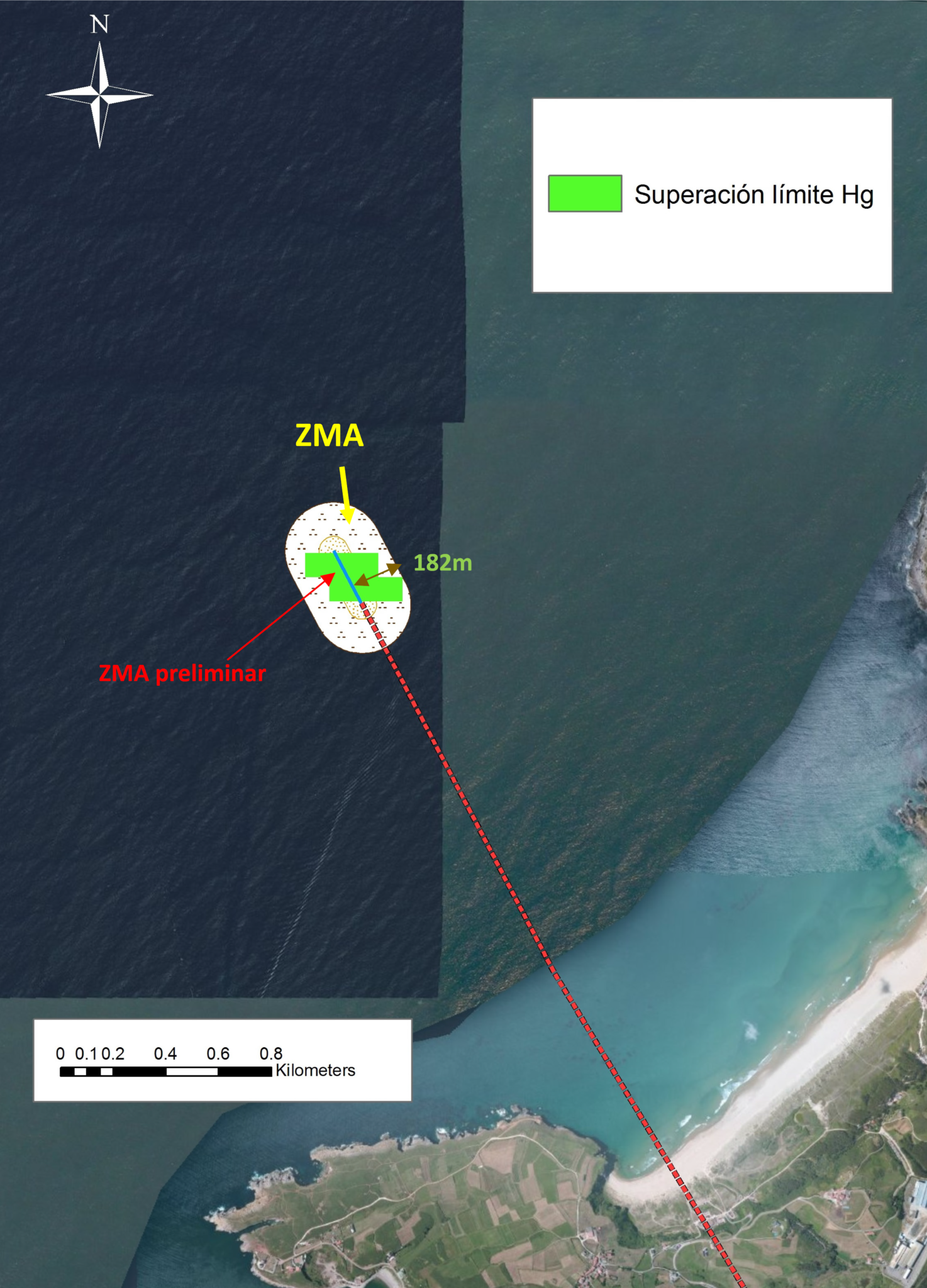
AREAS OF EXPERTISE
Structural and construction design
We carry out calculations of protections based on detailed studies of the effects of maritime climate on structures
We analyze the transport of sediment and ditch stability.
We carry out consultancy on the construction process for marine outfalls
We develop operational systems for building outfalls.
Environmental monitoring
We develop environmental monitoring plans.
We carry out environmental impact studies.
We carry out studies on the effects of urban pollutants at the cellular, histological, populational (biomarkers) and biological community levels.
We develop impact studies on the water column and sedimentary bottoms.
We carry out toxicological tests.
We develop methodological protocols.
We implement monitoring networks (sensors, warning systems).
We carry out underwater exploration through the use of remotely-operated vehicles (ROVs).
Hydraulic design
We calculate loads.
We calculate self-cleaning.
Environmental design
We analyze the initial dilution and optimization of discharge systems.
We calculate the hydrodinamic forcing .
We couple systems between near-field and far-field modeling.
We calculate transport and dispersion of discharges (bacteriological contamination, nutrients, BOD, COD, dissolved oxygen, suspended solids, organic pollutants, metals and metalloids, oils and fats, bio-accumulation in filtering organisms, emerging pollutants, etc.).
We analyze potential sedimentation zones.
We model pollution on marine bottoms and ecosystems.
We evaluate mixing zones using the IH-CEDEX methodology.
AREAS OF EXPERTISE
Structural and construction design
We carry out calculations of protections based on detailed studies of the effects of maritime climate on structures
We analyze the transport of sediment and ditch stability.
We carry out consultancy on the construction process for marine outfalls
We develop operational systems for building outfalls.
Environmental monitoring
We develop environmental monitoring plans.
We carry out environmental impact studies.
We carry out studies on the effects of urban pollutants at the cellular, histological, populational (biomarkers) and biological community levels.
We develop impact studies on the water column and sedimentary bottoms.
We carry out toxicological tests.
We develop methodological protocols.
We implement monitoring networks (sensors, warning systems).
We carry out underwater exploration through the use of remotely-operated vehicles (ROVs).
Hydraulic design
We calculate loads.
We calculate self-cleaning.
Environmental design
We analyze the initial dilution and optimization of discharge systems.
We calculate the hydrodinamic forcing .
We couple systems between near-field and far-field modeling.
We calculate transport and dispersion of discharges (bacteriological contamination, nutrients, BOD, COD, dissolved oxygen, suspended solids, organic pollutants, metals and metalloids, oils and fats, bio-accumulation in filtering organisms, emerging pollutants, etc.).
We analyze potential sedimentation zones.
We model pollution on marine bottoms and ecosystems.
We evaluate mixing zones using the IH-CEDEX methodology.
SIGNIFICANT PROJECTS
MIRA
FECHA: 2014
The design of Mira’s emissary marked a milestone in the construction of structured polyethylene outfalls, and at the time was the largest in the world made from this material. Its development incorporated an iterative analysis so as to avoid problems due to work at the intake of the outfall.
SOLVAY
The Solvay outfall in Usgo marked a turning point in the discharge of industrial effluents, and is contained in the best practices manual as a model for industrial chemical discharges. Its design required the development of sophisticated numerical models to evaluate both the dilution of the effluent and the possible accumulation of solids at the discharge point.
XAGÓ
The Xagó marine outfall combines in the same discharge industrial and urban wastewater from the Aviles sanitation network. The analysis of this outfall helped to develop advanced numerical models to evaluate discharges of heavy metals.
LAGARES
Study to protect the commercial port of Zarzis (Tunisia) against silting and agitation phenomena. Phases 2 and 3: Preparation of the hydro-sedimentary model and simulation of alternatives.
SOFTWARE & TOOLS
SOFTWARE
Morphodynamic Evolution Model for Pits (MEMPITS)
BrIHne
IHDATA
IHData is the collective name for a database developed by the Environmental Hydraulics Institute of the Universidad de Cantabria. IHData is capable of providing accurate wind/wave/sea level climatological statistics for any European country and wave climate for any region worldwide.
Saber Más
LET’S TALK
Would you like to know how we can help you?
Send me a message and I will get back to you as soon as possible
LET’S TALK
Would you like to know how we can help you?
Send me a message and I will get back to you as soon as possible

JAVIER GARCÍA ALBA
Marine outfalls expert
We advise you that your personal data will be processed by FUNDACIÓN INSTITUTO HIDRÁULICA AMBIENTAL DE CANTABRIA, in order to manage your request and maintain professional and commercial relations with you. Your data will not be transferred to third parties. This data treatment is necessary to attend your request. Your data will be kept until you unsubscribe from the service and/or after a reasonable time has passed since we attended to your request. You can exercise your rights of access, rectification, cancellation, opposition, portability and limitation of the processing of your data by contacting the FUNDACIÓN INSTITUTO HIDRÁULICA AMBIENTAL DE CANTABRIA, PCTCAN C/ISABEL TORRES, 15, 39011 SANTANDER (CANTABRIA), or rgpdihcantabria@unican.es with a copy of your ID card duly accrediting your identity. In any situation, you have the right to file a complaint with the Spanish Data Protection Agency (AEPD)
